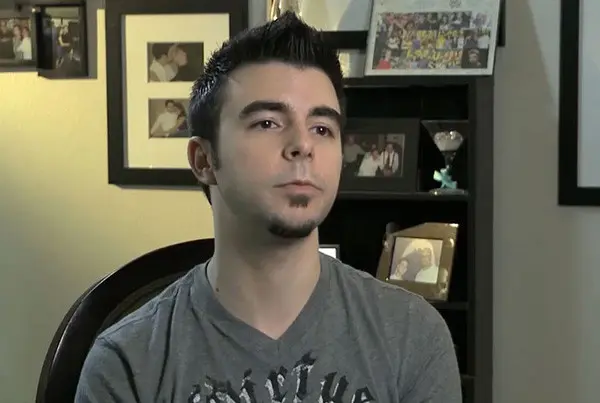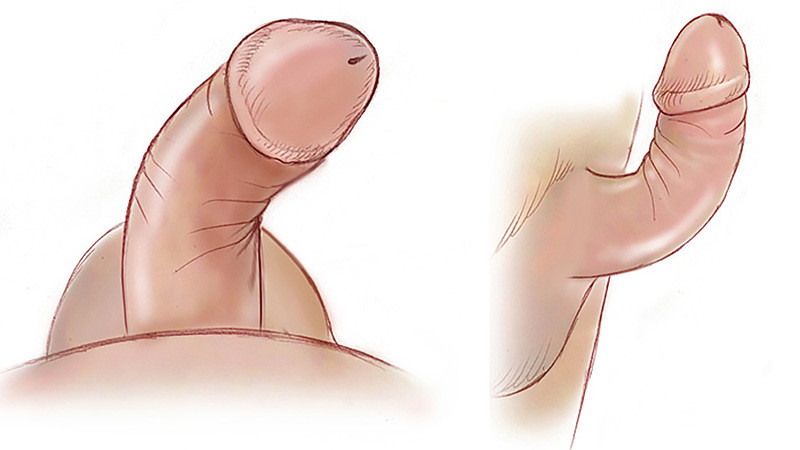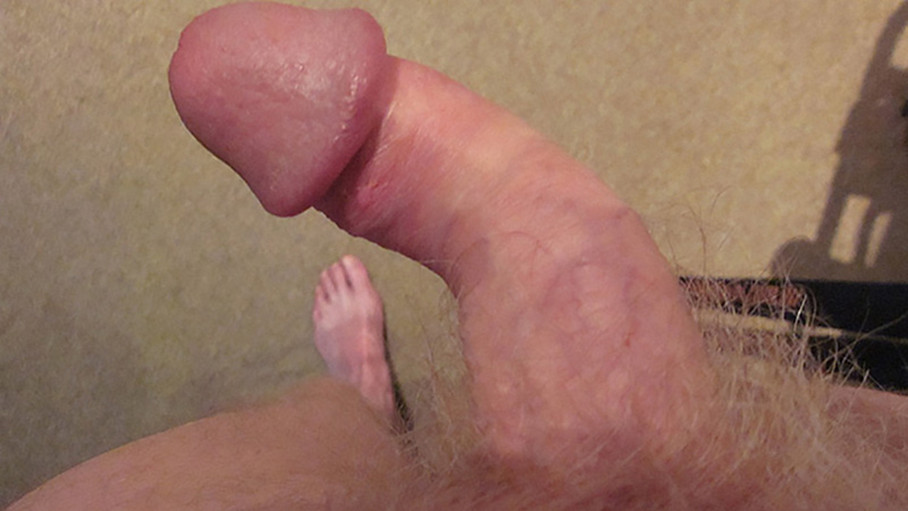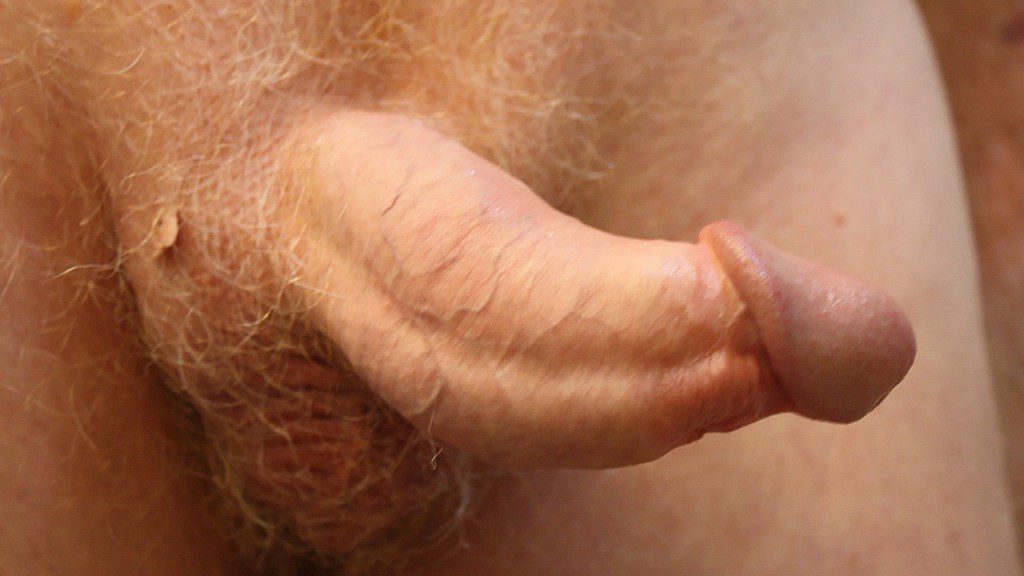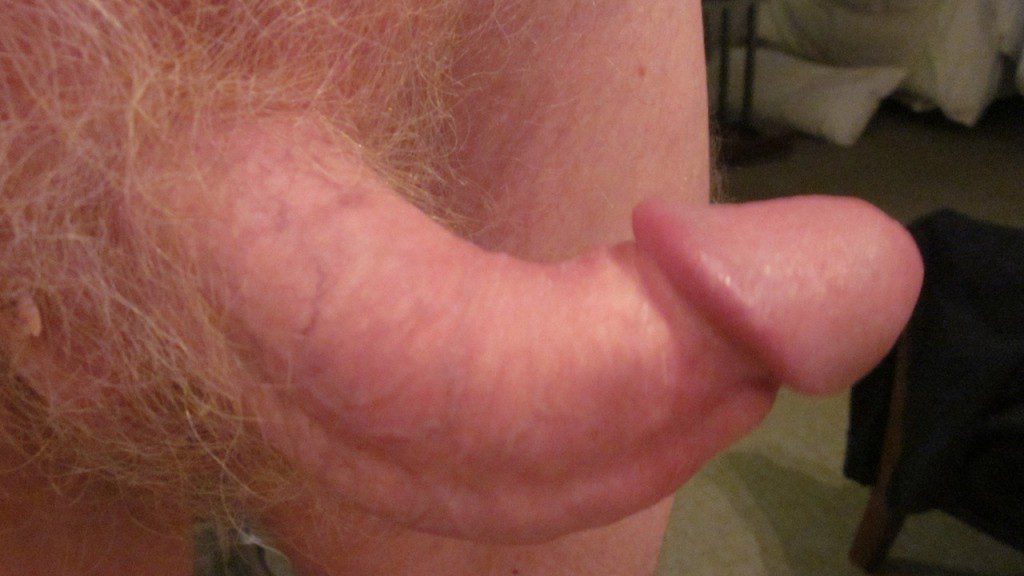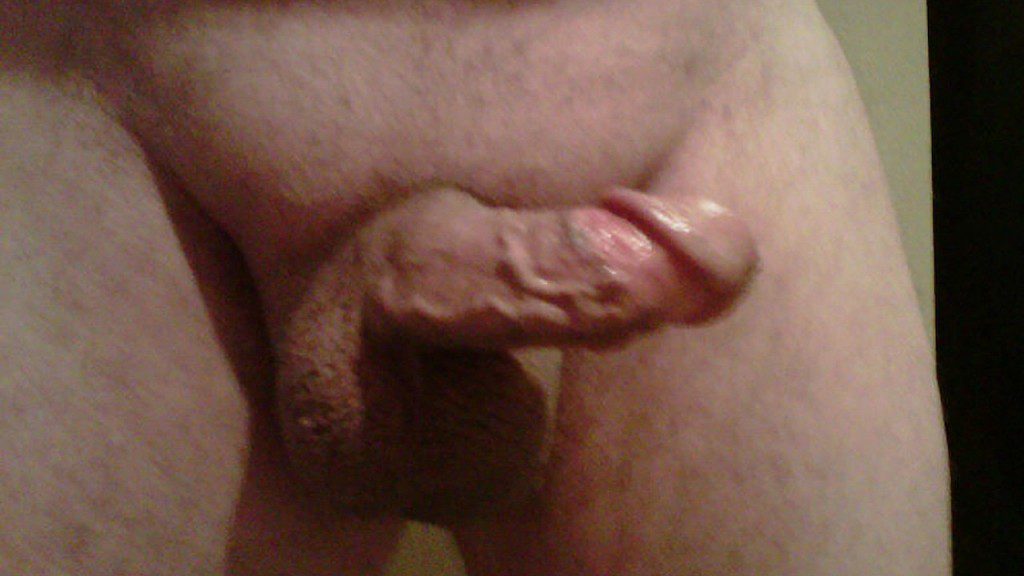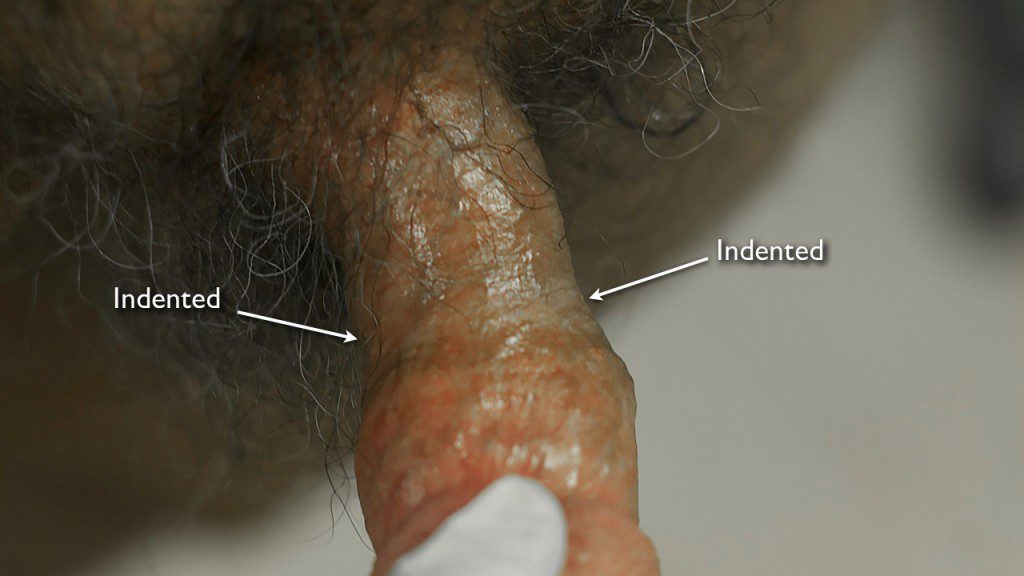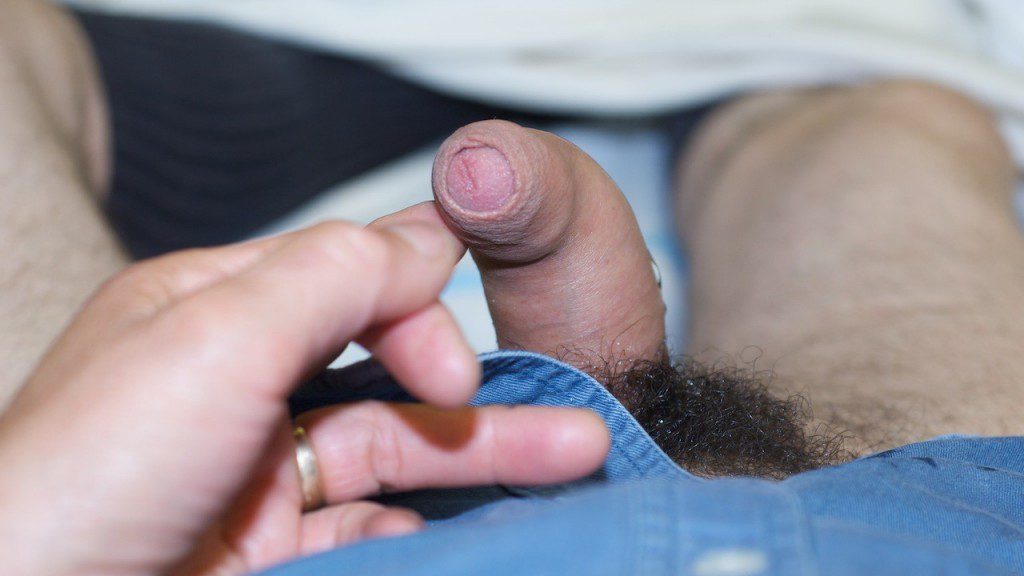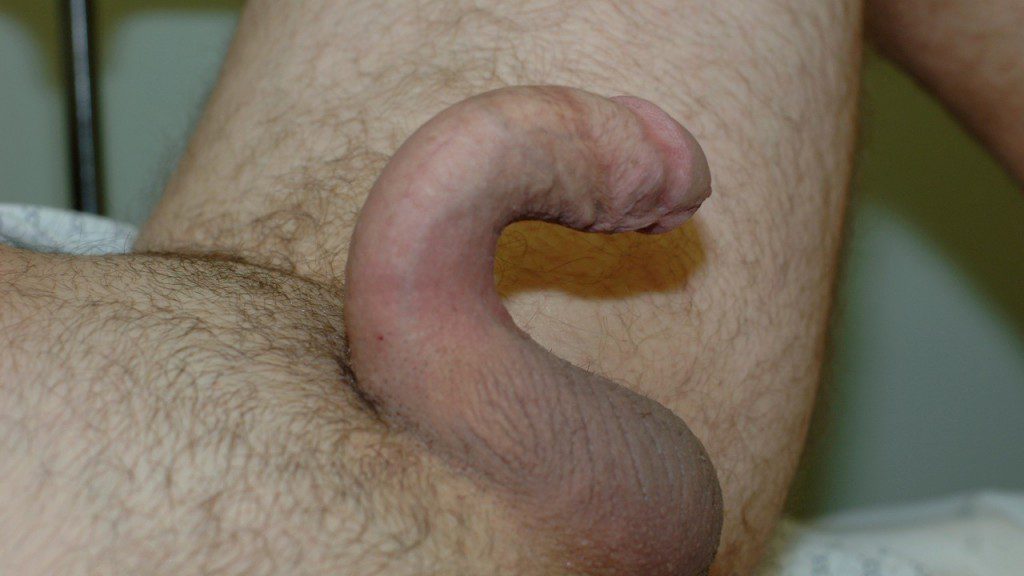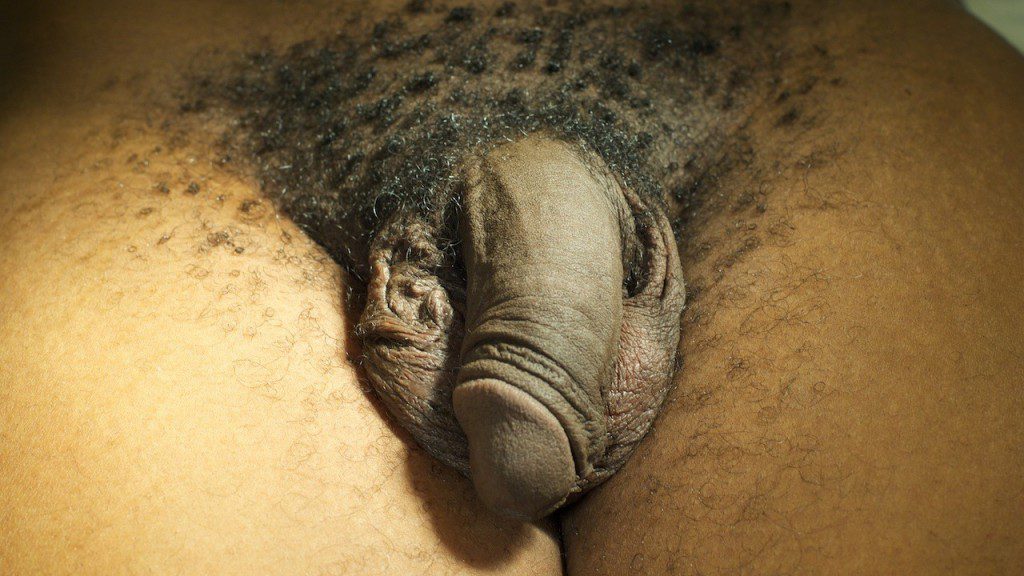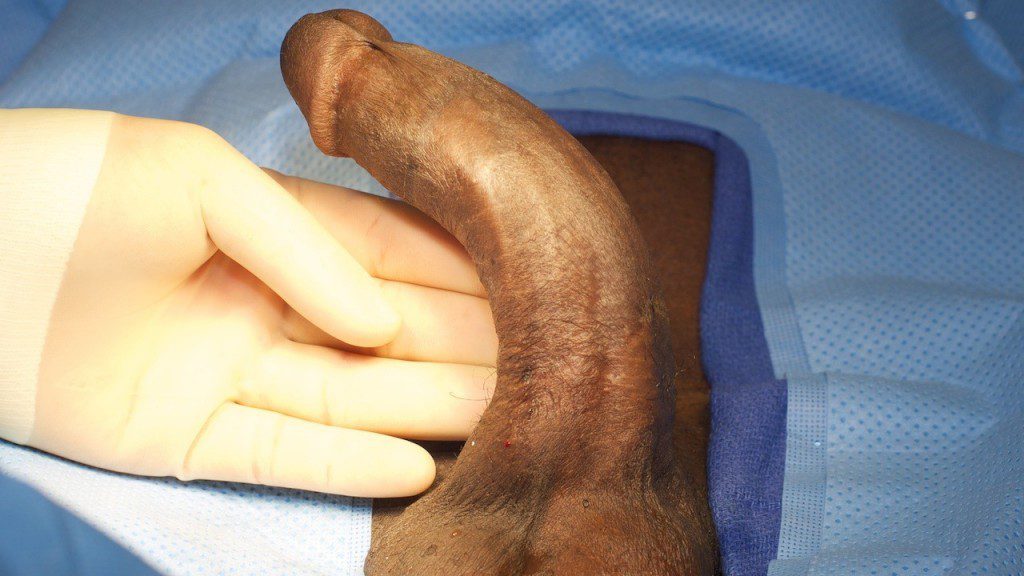Peyronie’s Disease
Home > Peyronie’s Disease
Peyronie's Disease Information and Examples
Peyronie’s Disease is a disorder of the penis that is characterized by focal scarring and penile curvature. The principal symptom of the disorder is when men who develop this disorder consistently notice a bent or curved penis during erections. There is no set timetable for the development of the disorder, as some men may notice a penis curvature that develops gradually over a span of years, while other men may suddenly wake up one morning and notice their penis is significantly bent with a morning erection. While some penis curvature is completely normal and no cause for concern, an abnormal penis curvature caused by Peyronie’s disease can be quite drastic and come with other symptoms. The disease can also cause pain during an erection, prevent sexual intercourse, and can be associated with erectile dysfunction, which makes it difficult to achieve or maintain an erection. In some cases, the disease will resolve itself without any treatment, but oftentimes in order to resume a healthy sex life, treatment is necessary.
Most men are not even aware that this disease exists. In fact, many of our patients who come to our Center for Reconstructive Urology, located at UC, Irvine in Orange County, California, often have no idea what is wrong with them. They think they have a rare disease that they may have to “live with”, or believe they may have cancer. However, that is not the case as the disease can oftentimes be treated by an experienced urologist. Since most patients are unaware of the disease, there are often a plethora of questions, and below are some of the most frequently asked questions.






